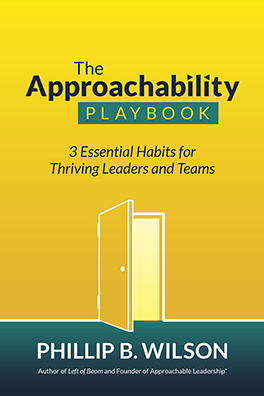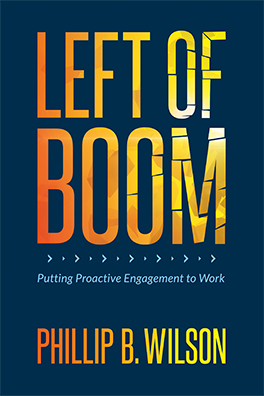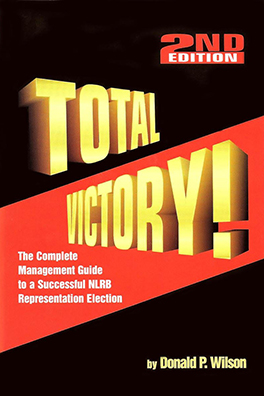What happened:
The Eighth Circuit Court of Appeals has provided employers with a more straightforward path for addressing social-justice messaging at work and reminded the NLRB that context is crucial.
In Home Depot U.S.A. v. NLRB (Nov. 6, 2025), the court vacated an NLRB order that said Home Depot violated federal labor law when it disciplined a Minnesota employee who refused to remove “BLM” from their orange apron. The Board, under the leadership of former General Counsel Jennifer Abruzzo, had ruled that the worker’s display was protected concerted activity under the National Labor Relations Act.
The Eighth Circuit disagreed. Judge James Loken wrote that the NLRB “improperly evaluated” the facts and failed to consider special circumstances surrounding the company’s actions.
The store was located minutes from where George Floyd was murdered. The timing coincided with protests, vandalism, and temporary store closures. Home Depot also had a long-standing, content-neutral rule banning all political or cause-related messages on company uniforms.
The company offered workplace-approved ways to express inclusion, such as DEI pins and “respect-for-all” badges. The court found that those options, combined with consistent enforcement, struck a reasonable balance between employees’ rights and the company’s duty to maintain safety and neutrality.
“This was a business decision made to preserve the store’s apolitical face to customers and safeguard employee safety in a risk-filled environment,” Loken wrote.
Why it matters:
The decision marks a setback for the NLRB’s broader effort to extend Section 7 protections to political or social activism at work. It also reinforces that courts will continue to distinguish between workplace advocacy and broader social movements, particularly where safety, customer experience, or brand image are legitimate concerns.
But this is not a blank check for employers. Employment attorneys Jon Hyman and Eric Meyer both emphasize that union insignia remain highly protected and that context still drives legal outcomes. Hyman summarized the ruling this way: employers can limit social-justice and political messages on branded uniforms in customer-facing roles when they have a neutral policy, apply it consistently, offer reasonable alternatives, and can show real, context-specific business reasons. Meyer cautioned employers to document those reasons carefully and avoid any enforcement language that inflames the issue, such as comparisons made in this case.
Employer Takeaways
✅Smart employers are using this ruling to clean up policies and stay consistent.
✅Clarify the rules. Keep uniform and appearance policies clear, neutral, and cause-free.
✅Apply evenly. If one message is out, all similar ones are out. Consistency is your defense.✅Document the “why.” Record legitimate business reasons like safety or customer impact.
✅ Offer options. Allow inclusion through approved channels such as DEI pins or internal programs.
✅Train managers. Teach leaders how to enforce neutrally and avoid political framing.
✅Check your map. The Eighth Circuit’s “special circumstances” analysis supports neutral bans tied to safety or customer image, but other circuits may interpret similar facts differently. Multi-state employers should not assume blanket protection.
Union insignia carve-out:
Under Republic Aviation and reaffirmed in Tesla (2022), employers must show specific, demonstrable business reasons for restricting union insignia. While social messaging like “BLM” may be limited under neutral uniform policies, union symbols still receive heightened statutory protection.
The takeaway:
The Eighth Circuit did not give employers a free pass. It provided a blueprint for managing workplace expression within the boundaries of labor law. Policies must be neutral, consistent, and supported by legitimate business reasons. Context matters, and so does culture.






